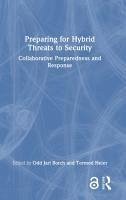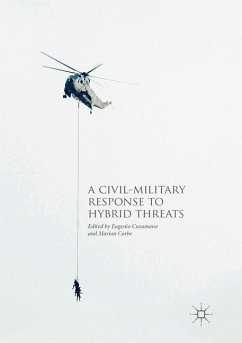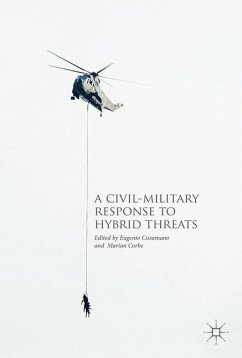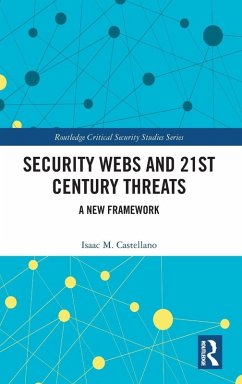
Preparing for Hybrid Threats to Security
Collaborative Preparedness and Response
Herausgeber: Borch, Odd Jarl; Heier, Tormod
Versandkostenfrei!
Versandfertig in 1-2 Wochen
188,99 €
inkl. MwSt.

PAYBACK Punkte
94 °P sammeln!
This book examines hybrid threats within the broader context of a security crisis in Europe.














